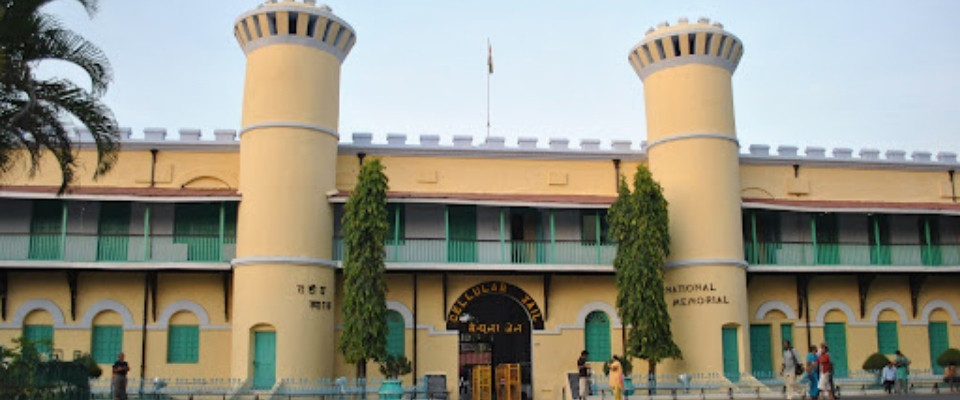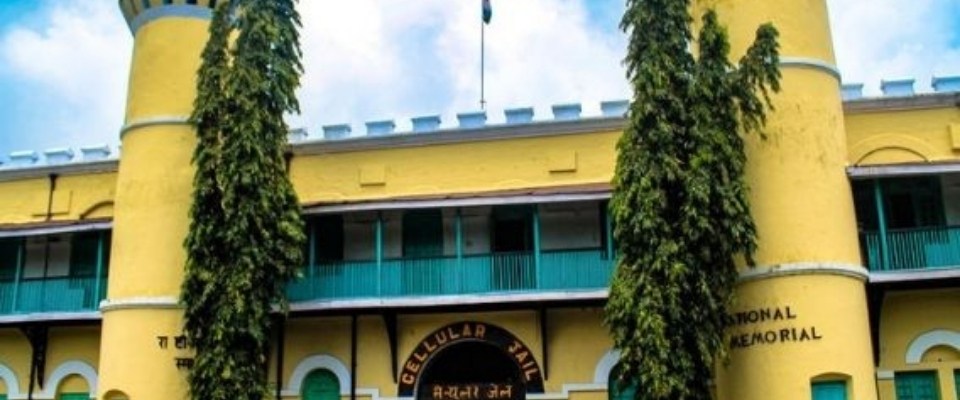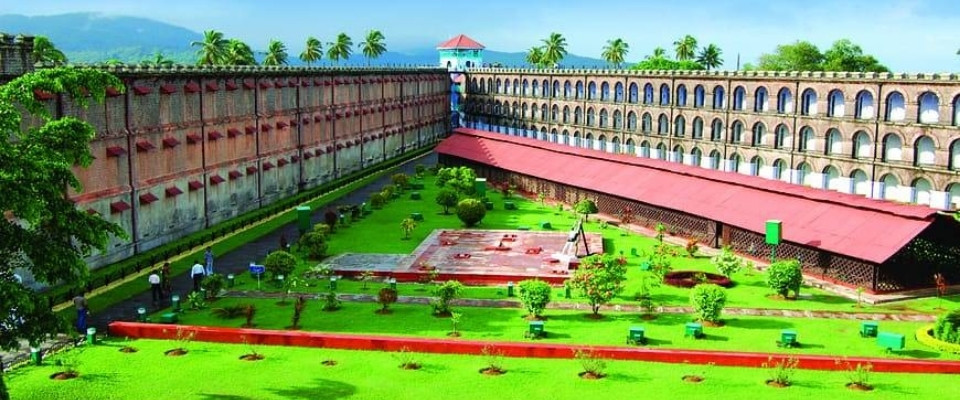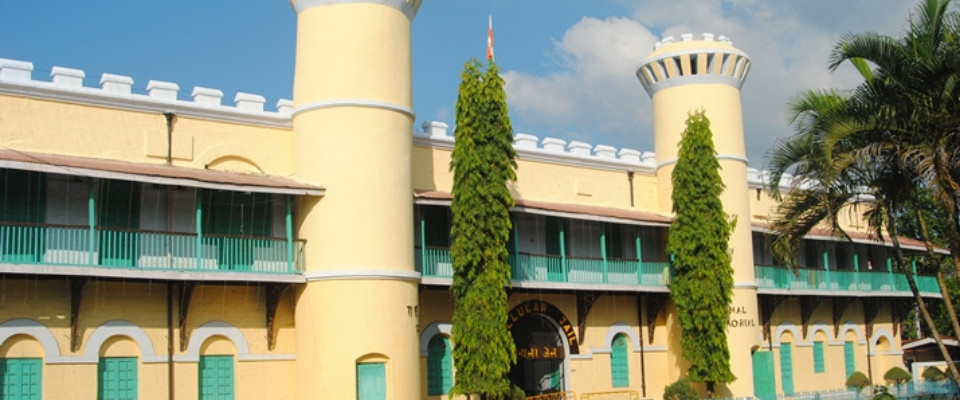CELLULAR JAIL
Cellular Jail is one of the most historically significant monuments in the Andaman Islands, as it used to be the place where British officers used to send prisoners for exile, during the period of their rule. The walls of this jail hold many stories of the brave Indian freedom fighters and prisoners who have withstood torment in the cells of this very building. The jail is also referred to as Kala Pani, meaning black water in Hindi, and what was the term for prison cell confinement during that period.
The construction of the jail took place the years of 1896 and 1906, however, the British officers had been using the prison as an exile for prisoners right from the period of the Sepoy mutiny, during the late 1950s. The mutiny caused the death of a large number of Indian soldiers by the hands of the British, and those who were managed to survive were sent to the islands to live the rest of their days there.
This prison, in particular, was considered to be the best place to send the soldiers who protested against the British, as they were completely isolated from their homes, their families and all their loved ones. Therefore, sending the rebels here was considered the highest form of punishment as it not only received torment in the form of physical punishments and torture, but their spirit was broken as well due to the fact that they were far from everything that was familiar to them.
After India got its Independence in 1947, many of the former prisoners went back and visited the prison where they have spent months, and even years. An organization that has been formed by said prisoners, named the “Ex-Andaman Political Prisoner’s Fraternity Circle” had decided to move a petition forward to the government to acknowledge the prison as a national memorial, and that no changes were to be made to it on a large scale. Honoring their struggle, the Prime Minister of India dedicated the prison to the nation on 11th February 1979.
Today, the stories and struggles of the freedom and political fighters of our country are proudly displayed on the walls of the prison, and there is even a gallery dedicated to the photos and exhibitions of the movement of the freedom fighters, and the tales of the hardships faced by the brave soldiers who were unfortunate enough to face the torment of the British in this prison.
Apart from the gallery, the prison also houses a library on the first floor, which has a lot of books related to the freedom movement, and a gallery showcasing the important moments from the first war of Independence. One of the key attractions the prison is the eternal flame of the Freedom-Swatantrya Jyot that has been built in honor of the soldiers who have given their lives to the freedom movement. This place welcomes many travelers who are on their trip to Andaman. If you are planning a vacation to the Andaman and Nicobar Islands, then make sure to visit the Cellular Jail, which is one of the most important historical and National monuments in the country.









